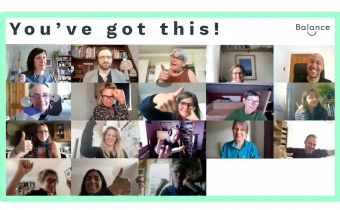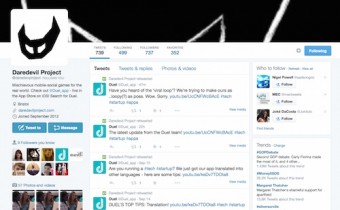How to get more young people to beyond mainstream gigs
In the last of our three blogs on Joining the Dots’ key areas of focus we look at building younger audiences for live independent music.
It’s hardly a new concept that a significant chunk of those who buy music are young. BPI research shows that 13 to 19-year-olds are the second biggest market after early 20-somethings. But frustratingly for many of them, seeing their favourite new band live is often impossible. Teenage music fan and blogger Molly McGreevy says: “All too many times the latest upcoming band would do a tour of the UK’s toilet circuit but an age limit of 14, 16 or 18 would put a stop to many young fans’ fun before they even had chance to buy tickets.”
“Bands were missing out on fans, and fans, more importantly a young teenage version of myself, were missing out on experiencing their favourite records played live.” Molly McGreevy
The Underage Festival which ran for five years in London provided a gateway to live music for those who couldn’t get into licenced music venues. And it gave a leg-up to young bands like Rizzle Kicks. Speaking at the 20111 event, Jordan from the band said: “I think our journey started at Underage. Literally a year later we’re back here with a song in the charts.”
The choice of music available to young music fans is now vast – opening up opportunities to beyond mainstream artists to find new audiences – something which in the current climate of deminishing returns is essential. But with thousands of mainstream bands or gigs also vying for their attention, how can they do that? Do we need different kinds of gigs? What can they learn or adapt from the mainstream music industry?
What about the sharing and curating culture that technology encourages? Creative industries researcher Patrik Wikstrom has identified that today’s young music fans are often creators of their own music too. “The making of mashups and remixes seems to be thriving in the Cloud-based music industry. It is not entirely unrealistic to assume that those fans who create, remix and upload content to the Cloud also are the most dedicated and loyal. It is also quite likely that they are the ones who spend the most on concerts, merchandise etc.”
Gavin Sharp, CEO of Band on the Wall, helped launch Gigzine to capitalise on young music fans’ 24/7 tech habit – more in a previous blog. He also knows that today’s very young people – fans of the online game Minecraft for example – are very comfortable with creating their own content. How might these young native creatives expect to engage with live music when they are older?
And there’s more to think about:
- How can artists, ensembles or venues increase awareness amongst these groups in the first place before turning their attention to consumption/attendance?
- What’s the link between free digital engagement to paid attendance at an event? How might artists/organisations change how they present their work so that it ‘speaks’ to young adults?
- What role do young/apprentice promoters have to play in this, and how can they work with more experienced promoting organisations to build these audiences?
- What can these beyond mainstream areas of contemporary music learn from the mainstream music industry in terms of marketing strategies and techniques?
- In recent years, Government funding has enabled thousands of primary age children to make music, introducing them to new genres and massively broadening their musical horizons. Arts Council research backs up our own findings, clearly demonstrating a connection between young people’s exposure to the arts and ongoing engagement in adulthood. How do we build on that to make them come and see that music live?
It’s finding answers to these questions and others like them that we hope will inspire people to apply to Joining the Dots. If you’ve got a brilliant idea that you think will encourage more young people to come and see live music – especially in non-mainstream genres – then Joining the Dots could help you test that idea with up to £10,000 in funding and expert support. Read our FAQs for more details.
Alternatively, you may have an idea using digital technology to drive up revenue – which case you’ll find this blog useful. Or if you have an idea which will help find new models for commissioning and touring then there’s more information here for you.




